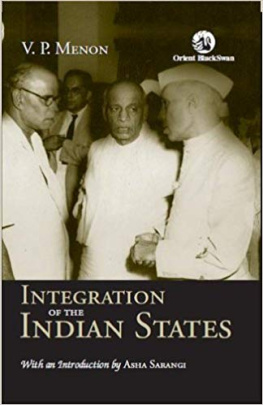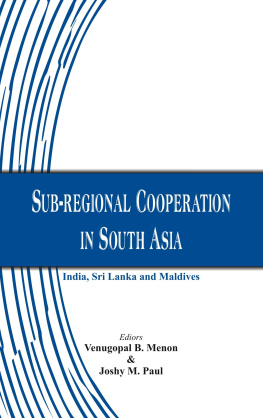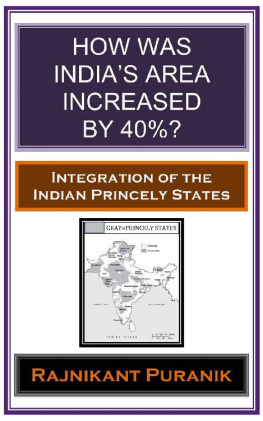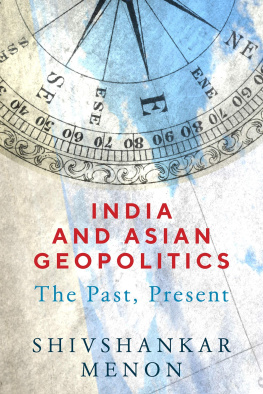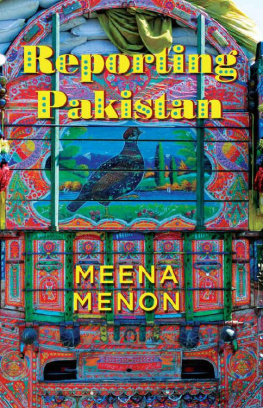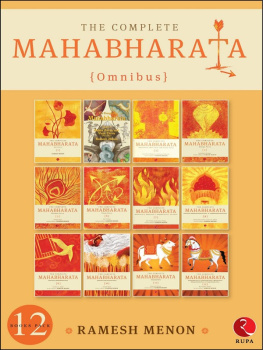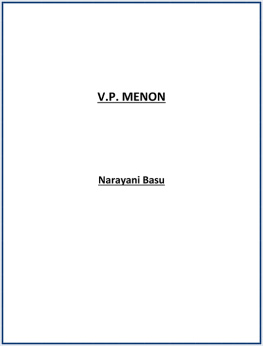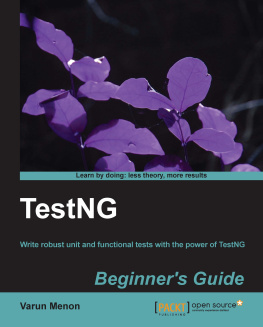V. P. Menon - The Story of Integration of Indian States
Here you can read online V. P. Menon - The Story of Integration of Indian States full text of the book (entire story) in english for free. Download pdf and epub, get meaning, cover and reviews about this ebook. year: 2014, publisher: Orient BlackSwan, genre: Non-fiction / History. Description of the work, (preface) as well as reviews are available. Best literature library LitArk.com created for fans of good reading and offers a wide selection of genres:
Romance novel
Science fiction
Adventure
Detective
Science
History
Home and family
Prose
Art
Politics
Computer
Non-fiction
Religion
Business
Children
Humor
Choose a favorite category and find really read worthwhile books. Enjoy immersion in the world of imagination, feel the emotions of the characters or learn something new for yourself, make an fascinating discovery.
- Book:The Story of Integration of Indian States
- Author:
- Publisher:Orient BlackSwan
- Genre:
- Year:2014
- Rating:5 / 5
- Favourites:Add to favourites
- Your mark:
- 100
- 1
- 2
- 3
- 4
- 5
The Story of Integration of Indian States: summary, description and annotation
We offer to read an annotation, description, summary or preface (depends on what the author of the book "The Story of Integration of Indian States" wrote himself). If you haven't found the necessary information about the book — write in the comments, we will try to find it.
The Story of Integration of Indian States — read online for free the complete book (whole text) full work
Below is the text of the book, divided by pages. System saving the place of the last page read, allows you to conveniently read the book "The Story of Integration of Indian States" online for free, without having to search again every time where you left off. Put a bookmark, and you can go to the page where you finished reading at any time.
Font size:
Interval:
Bookmark:
THE STORY OF THE INTEGRATION
OF THE INDIAN STATES
V. P. MENON
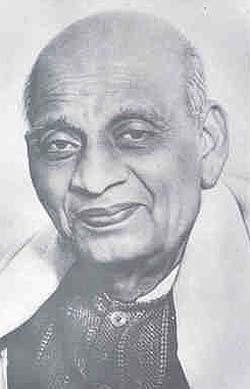
LONGMANS, GREEN AND CO
LONDON NEW YORK TORONTO
THIS book is in part fulfilment of a promise made to the late Sardar Vallabhbhai Patel. It was his earnest desire that I should write two books one narrating the events leading to the transfer of power and the other dealing with the integration of the Indian States.
I have taken up the integration of the States first, because the events of the four hectic years, 1947 to 1951, are so vivid in my memory. Today we think of the integration of the States only in terms of the consolidation of the country, but few pause to consider the toils and anxieties that had to be undergone till, step by step, the edifice of a consolidated India was enshrined in the Constitution. It was a co-operative effort in which every one from Sardar our
inspiration and light down to the rank and file played his part.
The entire staff of the States Ministry, both at New Delhi as well as at the regional headquarters, threw themselves heart and soul into the task. There was a unity of purpose animating every one.
They are the unsung heroes who made possible the consolidation of the country.
I have narrated the whole story as objectively as it is possible for one who was in the midst of it. The events and personalities are too near for any final assessment to be attempted. This is a task for the historian of the future. I have deliberately called this book, not the history, but 'The Story of the Integration of the Indian States'.
The first four chapters provide the background to the problem of the Indian States. There I have described how the British built up the framework of princely India. I trace the events right up to the announcement of the June 3rd plan declaring the lapse of paramountcy , whereby the Indian States comprising two-fifths of the country would return to a state of political isolation. Chapter V describes how this was circumvented by the accession of the States on three subjects. The next chapter deals with Junagadh State which, had acceded to Pakistan.
The ten subsequent chapters deal with the consolidation of the States on a regional basis. Hyderabad, which had remained aloof, has been dealt with at length in three chapters.
Kashmir follows and the Baroda interlude comes next. Then four chapters are devoted to a survey of the administrative, financial and constitutional changes and to the cost of integration. In the last chapter, entitled 'Retrospect and Prospect', I have summed up the policy of integration and expressed my personal views on some aspects of the problem.
I am deeply grateful to the Rockefeller Foundation, Humanities Division, for the generous grant given through the Indian Council of World Affairs for the preparation not only of this book but also of the companion volume on the transfer of power. I must, however, add that no responsibility attaches to the Foundation in regard to either their contents or the views expressed.
I am thankful to the Indian Council of World Affairs under whose auspices this book has been prepared and in particular to Dr A. Appadorai, its Secretary-General.
My grateful thanks are also due to several friends, Indian and English, who went through the manuscript and made many valuable suggestions.
I am thankful to the Press Information Bureau of the Government of India for having allowed me to reproduce the pictures included in this book.
Lastly, my sincere thanks are due to E. C. Gaynor and R. P. Aiyar for the help they have given me in writing this book. Their assistance has been most invaluable. My thanks are also due to the two stenographers, S. Gopalakrishnan and K. Thankappan Nair and to the typist, M. Balakrishnan who never spared themselves and who faithfully discharged whatever duties were entrusted to them.
V. P. Menon
Bangalore, 15 September 1955.
I
- Lord Mountbatten addressing the Chamber of Princes for the first and last time as Crown Representative.
- Sardar discussing the communal and refugee problems with the Punjab and U.P. Premiers and rulers of Border States.
- The author conferring with the rulers of A- class States in Orissa.
- Sardar and the author being received by the Governor and Chief Minister of the Central Provinces at Nagpur.
- Sardar inaugurating the Saurashtra Union by swearing-in the Jam Saheb of Nawanagar as Rajpramukh.
- Council of rulers and ministers of the Saurashtra Union.
- Prime Minister Nehru inaugurating the Madhya Bharat Union by swearing-in the Maharajah of Gwalior as Rajpramukh.
- Lord Mountbatten in conversation with Sardar during his illness.
- Sardar having discussions with Sheikh Abdullah and Bakshi Ghulam Mahommed during his visit to Kashmir in 1947.
- The rulers of Patiala and the East Punjab States with the author.
- The author signing the Patiala and East Punjab States Union covenant.
- Sardar inaugurating the Patiala and East Punjab States Union by swearing-in the Maharajah of Patiala as Rajpramukh.
- Sardar leaving the Durbar Hall with the Maharajahs of Jaipur and Kotah after inaugurating the Rajasthan Union.
- Sardar with the Maharajah of Mysore during his visit to the State.
- The Maharajah of Cochin on arrival at Trivandrum, with the Maharajah of Travancore,the Premiers of the two States and the author.
- Sardar and the author with the Maharajah of Cochin during Sardar's last visit to Travancore-Cochin.
- The author with the Maharajah of Travancore inaugurating the Travancore-Cochin Union.
- Lord and Lady Mountbatten taking leave of Sardar and his daughter at Mussoorie; in the rear Prime Minister Nehru.
- Lord Mountbatten, signing the Standstill Agreement with Hyderabad.
- Lord Mountbatten, N. Gopalaswami Aiyangar and the author discussing the Hyderabad question at a party on 30 May 1948.
- A Razakar rally; Kasim Razvi in the front row.
- Sardar discussing the Hyderabad problem with his advisers.
- Prime Minister Nehru is greeted by the Nizam during his visit to Hyderabad State.
- Conference of Rajpramukhs convened by the States Ministry to discuss the future of the Indian States Forces.
- Inspecting a section of the arms seized from the Communists in Telengana.
- Union is StrengthShankar's conception of the integration of Travancore & Cochin - 202
- Never Miss a MealRampur is the latest State to be merged with U.P. - 215
- India before the Transfer of Power facing page 64
- Kathiawar and the Western Indian States Agency 88
- India after Integration 336
II
INDIA is one geographical entity. Yet, throughout her long and chequered history, she never achieved political homogeneity.
From the earliest times, spasmodic attempts were made to bring about her consolidation. A pioneering effort in this direction was made by the Magadhan kings, Bimbisara and Ajatasatru, in the sixth century B.C. But it was not till about three centuries later that under the Mauryas, and particularly Asoka, a large portion of India came under the sway of one emperor. The Mauryan Empire lasted only for about a hundred years and after its disruption the country again lapsed into numerous kingdoms. Nearly five centuries later, Chandragupta, and his more
Next pageFont size:
Interval:
Bookmark:
Similar books «The Story of Integration of Indian States»
Look at similar books to The Story of Integration of Indian States. We have selected literature similar in name and meaning in the hope of providing readers with more options to find new, interesting, not yet read works.
Discussion, reviews of the book The Story of Integration of Indian States and just readers' own opinions. Leave your comments, write what you think about the work, its meaning or the main characters. Specify what exactly you liked and what you didn't like, and why you think so.

